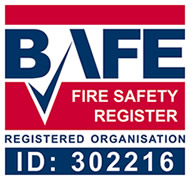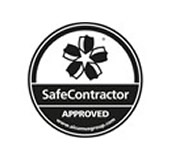Electrical safety is very important for all of us and is something that we’ve covered in many of our previous blog posts. However, electrical safety in the home for elderly people is often an aspect of electrical safety that can be overlooked.
According to estimates, more than one million people aged over 75 currently live in properties which are unsuitable for their needs. This can mean a range of problems; whether the property isn’t warm enough during winter months, or it may be in a poor state of repair or have outdated facilities. In addition, and of most concern when it comes to electrical safety, is that more than 60% of the homes lived in by elderly people do not meet the basic standards for electrical safety.
Why is this the case? The reasons can be hard to pinpoint but we find that dangerous electrics are often due to old appliances, homes which haven’t been renovated for decades and the cost of having electrical work carried out.
If you have an elderly friend or relative you are concerned about, there are a number of simple checks which you can carry out to determine whether the electrics in their home are up to scratch. The first thing to check is the consumer unit or fuse box as this controls the electrical supply. A modern consumer unit is ideal but you find an older one, check that all the fuses are in place, of the right size and that there are no burn marks or signs of scorching. If fuses blow regularly it can be a sign that something is seriously wrong!
Another important check to make is to find out whether there is an RCD or residual current device. This is vital because it will cut off the electricity supply if there is a potential electric shock issue with an electrical installation. RCDs can save lives but to do this they need to be working properly! RCDs are easy to check: simply press the ‘test’ or ‘T’ button and it should switch off the circuits it’s protecting. If this doesn’t happen it will need to be replaced. If you can’t find an RCD, plug in ones should be fitted to all sockets which are used regularly.
Light fittings and plug sockets should also be checked. These can become faulty or damaged: burn marks, discolouration or crackling sounds when a plug or light is used. If you see any of these warning signs you need to contact a qualified electrician immediately.








